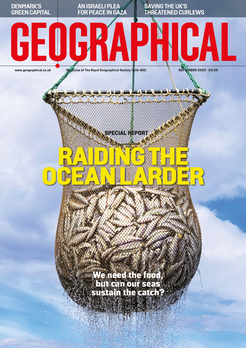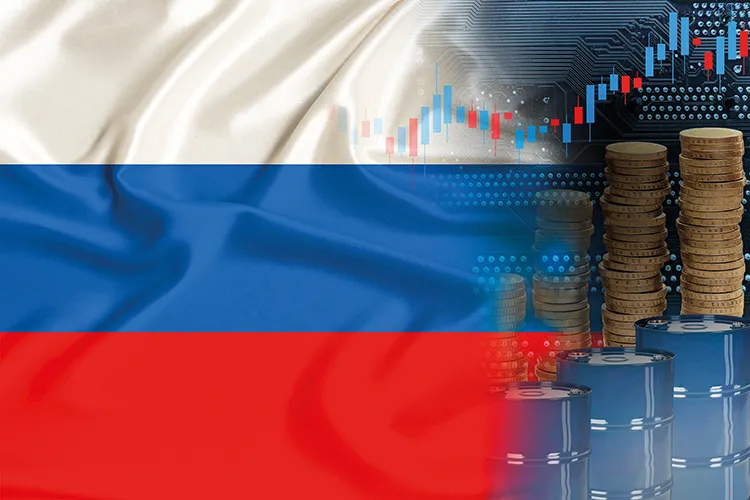
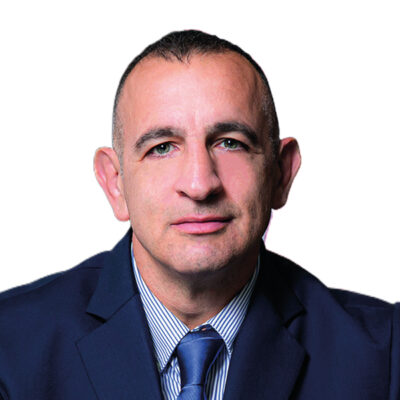
Designed to topple a regime, sanctions have helped build a fortress economy where loyalty is rewarded and dissent crushed – consolidating Putin’s power.
Antonio Graceffo reports
When Russia invaded Ukraine in 2022, Western leaders believed sweeping US and EU sanctions would cripple Moscow’s economy and hasten the war’s end. The assumption was that President Putin would soon face a stark choice: fund the war or feed his people. Analysts predicted that either economic collapse or domestic unrest would force him to back down. But three years and multiple rounds of sanctions later, Russia’s economy remains afloat and Putin shows little urgency to end the conflict.
As of the first quarter of 2025, the USA, EU, UK, Japan, Canada and Australia had imposed more than 24,000 unilateral sanctions on Russia, aiming to cripple its economy by cutting off access to global markets and financial systems. Measures included disconnecting major Russian banks from SWIFT (the secure global banking and financial message system that facilitates international transactions) and freezing around US$630 billion in central bank reserves. Sanctions targeted the financial sector, critical industries such as energy and aviation, and individuals linked to Putin – including oligarchs, soldiers and the Wagner Group. Initially based on penalties from the 2014 Crimea annexation, the sanctions were later expanded to counter evasion and punish human rights abuses in occupied Ukrainian territories.
Despite sanctions, Russia’s economy has continued to grow, bolstered by high energy revenues and state-driven spending. In 2022, its current account surplus hit a record US$37.6 billion and, though it has since narrowed, still reached nearly US$20 billion in the first quarter of 2025. By contrast, the USA posted a US$1.3 trillion current account deficit in 2024. The Russian economy grew by an estimated 3.6 per cent in 2024 and is expected to grow by around 1.4 per cent in 2025, outpacing many advanced economies.
One of the toughest sanctions on Russia was a US$60-per-barrel price cap on its oil exports, intended to limit Moscow’s revenue without disrupting global supply. But the cap largely failed. Any time oil prices rise above US$80 per barrel, a black market emerges, creating an incentive for countries to buy Russian oil at prices above the cap but still below global market rates. In March 2022, Brent crude peaked at US$139 due to the Ukraine invasion. Oil producers posted record profits, fuelled not only by the spike but also by low-cost inventory accumulated during the 2020–21 Covid slump. Russia’s oil and gas revenues hit a record high in 2022 and have stayed above pre-war levels since. These revenues were funnelled into the National Wealth Fund. In 2024, the USA imposed sanctions on oil tankers to curb sanction evasion in Asia, but by then, Russia had already benefited from two years of windfall energy income.
Moscow responded to sanctions by fortifying the economy through forced asset localisation. Foreign companies based in sanctioning countries had to deposit profits or proceeds from asset sales into restricted rouble accounts at Russian banks. These funds were effectively frozen, as they couldn’t be transferred abroad. Simultaneously, the Central Bank raised interest rates to 20 per cent, later 21 per cent, to defend the rouble, curb inflation and promote domestic savings. Exporters were required to convert 80 per cent of foreign earnings into roubles, and residents faced strict limits on transferring currency overseas.
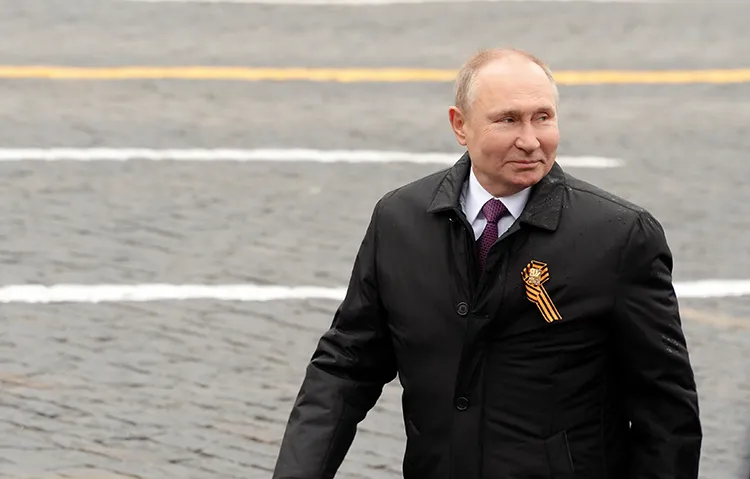
Ironically, sanctions contributed to this internal stabilisation. Economic isolation meant Russia couldn’t freely spend dollars abroad or import many foreign goods, so foreign currency stayed in the country. Combined with domestic controls, this curbed capital flight, stabilised the rouble and helped avert a balance-of-payments crisis. As a result, Russia’s foreign exchange reserves rose from about US$630 billion before the war to roughly US$680 billion in 2025. However, about US$300 billion of those reserves remain frozen in foreign banks due to sanctions and are politically inaccessible.
Another unintended consequence been the consolidation of Putin’s power. More than 1,000 foreign companies exited Russia after the invasion, and the Kremlin seized the opportunity by imposing capital controls, heavy exit taxes and forcing discounted sales to regime loyalists. Courts have nationalised at least 85 companies – sometimes in a single day – favouring insiders and silencing dissent. The regime is also reversing 1990s privatisations under legal pretexts, seizing domestic firms and property in occupied Ukrainian territories. New laws under consideration would allow confiscation of assets from ‘disloyal’ Russian émigrés.
These moves have reshaped Russia’s economy, replacing market liberalism with a war-driven, state-loyalist model – what many now call a new era of ‘Putinism’. Economic isolation and asset redistribution have allowed Putin to reward loyalists with control over major corporations and entire industries, reinforcing his patronage network. While Western powers hoped sanctions would spark public unrest and end the war, they have instead strengthened the regime by deepening its control over wealth and power. Russia’s pivot to self-sufficiency and trade with China – particularly through renminbi transactions – has become central to its economic survival and continued war effort.
In addition to surging oil revenues and strict capital controls, Russia suspended its fiscal rules and launched a massive military stimulus, fuelling wartime economic growth. Nominal wages rose 17.8 per cent in 2024, and real wages and domestic investment soared. State-driven expansion, backed by social transfers, defence contracts and subsidised lending, triggered a consumer boom and increased borrowing, despite high interest rates.
Before the war, Russian businesses avoided investment due to state interference and poor conditions. Now, with sanctions and capital controls making capital flight nearly impossible, a domestic investment boom has taken hold. Capital investment rose in 2023 and 2024, though growth fell below inflation last year.
The central bank continues to raise interest rates, but only state-subsidised borrowers are protected. As a result, non-defence sectors stagnate while military-linked industries expand – signs of dislocated and unsustainable growth. Still, Moscow appears more focused on weathering the immediate crisis and sustaining the war than pursuing long-term economic stability.
Adding to the sanctions’ ineffectiveness is the fact that they were imposed unilaterally, with enforcement varying widely across countries. The USA has the strictest and most centralised system, led by the Office of Foreign Assets Control, which operates under a strict liability regime and can impose civil or criminal penalties – even on foreign institutions – especially for dollar-based transactions. In contrast, enforcement in the EU and UK is fragmented. Each EU country currently enforces sanctions under its own laws, though a directive to unify enforcement is expected later this year. The UK has split enforcement among multiple agencies, with minimal prosecutions so far.
Russia has circumvented sanctions through indirect trade routes, use of intermediaries and increased exports via third-party countries such as Kazakhstan. Legal challenges by sanctioned individuals have largely failed, and there’s no clear mechanism for regaining access to frozen assets. Russia may also challenge the freezing of state assets under international law, but Western countries argue such actions are justified as countermeasures. To avoid legal risks, the EU now uses profits from frozen Russian central bank assets – rather than the assets themselves – to help fund Ukraine’s debt payments.
Now, in the fourth year of the war, some sources claim the Russian economy is showing signs of strain. Some media claim that personal disposable income is down 20–25 per cent, and analysts warn of a potential wave of corporate bankruptcies. However, these threats remain speculative and future-oriented rather than immediate or concrete. The accuracy of the reported income decline is unclear, and by some estimates, real wages and purchasing power have actually increased.
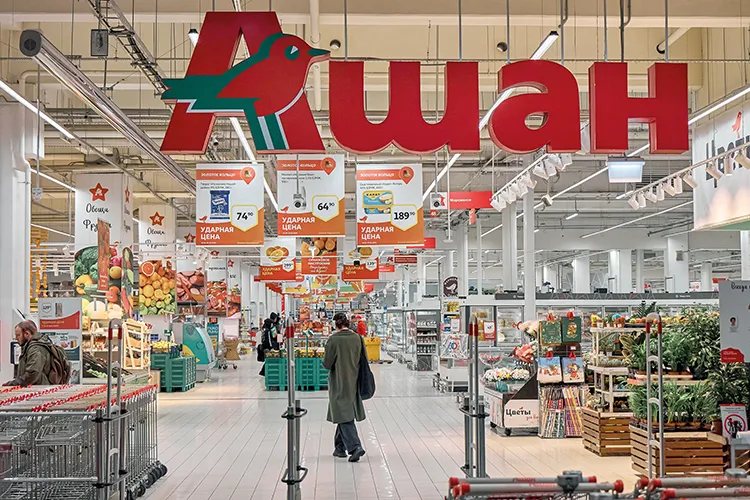
While both inflation and interest rates are high, the latter may be preserving the value of bank deposits. Defence spending has pushed up wages in the military–industrial sector, forcing other industries to follow suit. For the working class, especially in poorer regions, war-related jobs offering high salaries, enlistment bonuses and survivor benefits have created a pro-war economic base. In these areas, higher wages have likely improved living standards more than inflation has eroded them. Across the broader economy, GDP growth is increasingly driven by consumption, which generally indicates rising living standards.
Contrary to early expectations, sanctions have not caused widespread shortages. Western goods continue to reach Russia through alternative routes, while trade with China has expanded dramatically. Chinese products now dominate Russia’s electronics and auto markets, with some domestic cars based on Chinese designs. Because most goods and services are either produced locally or imported from China via varied cross-border payment methods, fluctuations in the rouble’s value have limited impact on Russian consumers – unlike in more globally integrated economies.
The IMF’s projection that Russia’s GDP growth will slow to 1.4 per cent in 2025 reflects a shift from peak wartime stimulus, not a sign of economic collapse. Russia remains the world’s 11th largest economy by GDP, roughly the same position it held before the invasion. For perspective, about 180 countries are poorer, yet their economies aren’t portrayed as teetering on the brink. Even with a sharp decline, Russia’s GDP would still rival that of Brazil – a country with a similar population and one of the wealthiest in Latin America.
Despite the mixed economic outlook, further sanctions are unlikely to force Russia to negotiate with Ukraine, or to have any immediate impact. The decline is gradual, suggesting that if sanctions are to break Russia, it could take years. Meanwhile, people on both sides continue to die every day.

